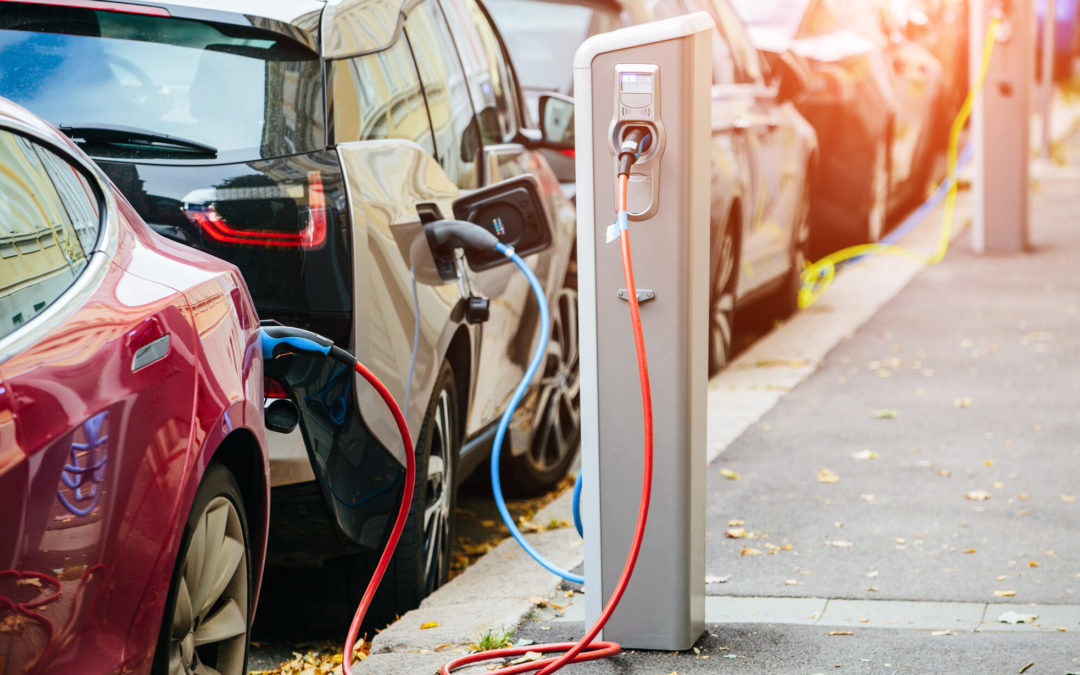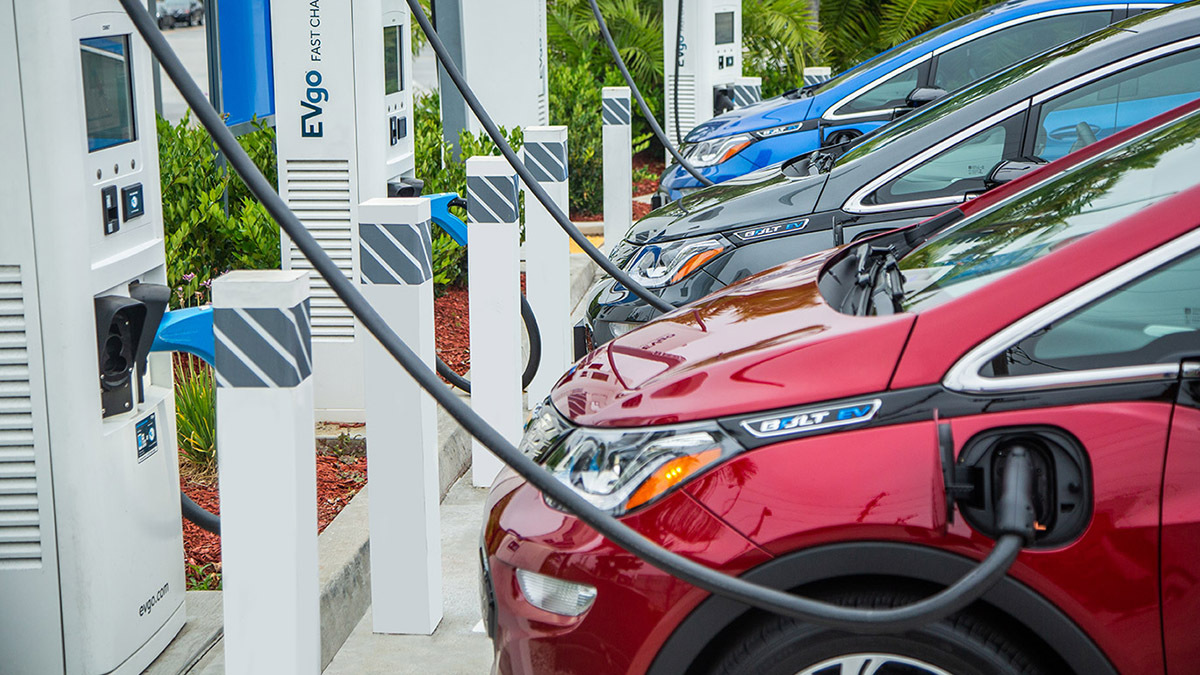How Do EV Charging Stations Work?
Over the last few years, your local gas station may have been upgraded a bit. Since 2030, EV charging stations have emerged from coast to coast as more and more electric vehicles collide with highways. But why does the same thing that makes your electric toothbrush mess up power a two-ton vehicle from 0 mph to 60 mph in complete silence?
1. Power Structure | EV Charging Stations Work
EV technology has existed since the 19th century, and the basics of these early electric vehicles are not much different from today’s electric vehicles. Rechargeable fuel cell racks provide the power to turn wheels and move the car forward, and many early electric vehicles charge from the same outlets that powered specific lights and appliances in end-of-the-century homes.
It may be hard to imagine a battery-powered car when the carriage was the main source of road transport, but the truth is that the first car innovators were batteries and liquid fuel from pedals and steam. Electric vehicles, in many respects, compete for mass production because they do not require large water tanks or heating systems to generate steam and do not smoke or make noise like gasoline engines. It looked like he had won the pole position at.
Electric Vehicles FAQ : The Answers to All Your EV Questions
2. Ultra-fast | EV Charging Stations Work
How does an electric vehicle charging station work today? Basically, it hasn’t changed much. One plug is connected to the vehicle’s charging port and the other end is connected to the socket. Often, the same plug also powers home lighting and appliances. Of course, decades of modern advances in technology and engineering have made the process simpler and much more efficient.
There are three main types of chargers based on their performance. The Level 1 charger uses the same standard 120V socket found in homes and private garages and can charge up to 5 mph. Ideal for commuters who are not far from the office or car. Finally, you can charge it overnight. Each working day. Level 2 chargers offer charging ranges up to 20 mph but require additional equipment to handle high capacity 240V home sockets and 208V business sockets, such as office buildings and complexes. is.
However, the DC quick charger can charge an electric vehicle over a range of 130km with a 20-minute charge. This is a significant improvement over the other layers, so it’s not uncommon for these particular stations to use high capacity 480VAC inputs with advanced technology and equipment, both in the charging station and in the vehicle itself. Not surprising. These are the types of EV stations that can be found along major roads and busy routes, such as California Interstate 5. Charging your EV: How Do EV Charging Stations Work?
The battery contains a EV charging station. It receives power from one of several power sources and distributes that power to the vehicle. Depending on the make and model of the electric vehicle, there are several standard plugs and corresponding vehicle socket and battery types, but in general, electric vehicles use the electrical energy stored in the fuel cells to physically physical the wheels. Powers motors that drive the vehicle-as in those old Victorian eras-vehicles. How Do EV Charging Stations Work?
When the electric car is full, the range depends on the travel specifications. More batteries can supply more power, but they also produce more weight and the engine needs to overcome it. A small number of batteries reduces the total amount of the vehicle and improves driving efficiency, but it can make long-distance travel difficult due to the much shorter mileage and slower charging time.
Types of electric vehicles: – BEVs, PHEVs, HEVs, and FCEVs.
3. Century long pit stop | EV Charging Stations Work
However, the electric car lost the race due to several factors. The discovery of vast oil fields in places like Texas has made gasoline cheaper and more accessible than ever, and improved road and highway infrastructure, allowing drivers to leave their neighborhood on public roads. Is done. Electricity has been rare outside of big cities, while gas stations are emerging almost everywhere. Gasoline won the checkered flag, but EVs lost popularity for most of the 20th century.
4. Management of Power | EV Charging Stations Work
As the demand for charging grows, companies looking to offer their customers a variety of charging options will need to invest in equipment and software. With different charging tiers and dozens of charging station manufacturers, it may seem difficult to keep up with consumer needs in just a few years.
5. Electric Avenue | EV Charging Stations Work
More than 100 years after the first introduction of electric vehicles, infrastructure and technology have caught up and are ready to support the adoption of electric vehicles. Due to battery efficiency and technological advances in design, modern electric vehicles can travel hundreds of kilometers on a single charge.
As gas stations, garages, retail centers and governments invest in infrastructure, the network of charging stations is expanding nationwide, allowing EV drivers to expand their reach even further. By 2030, more than 18 million electric vehicles of more than 350 different models are expected to appear on the road, and more charging stations should be installed further away in the next decade. How Do EV Charging Stations Work?





Trackbacks/Pingbacks